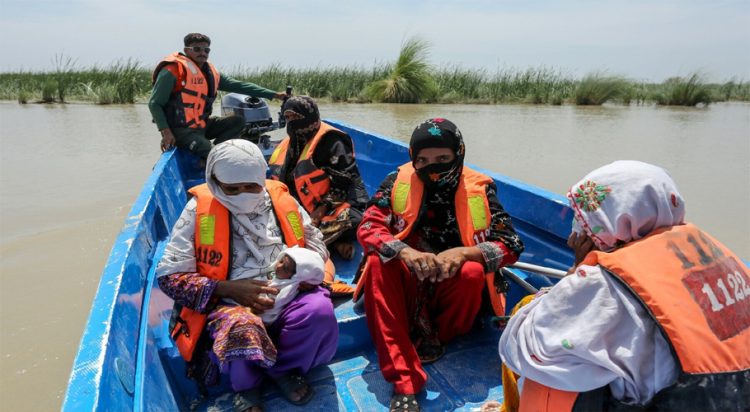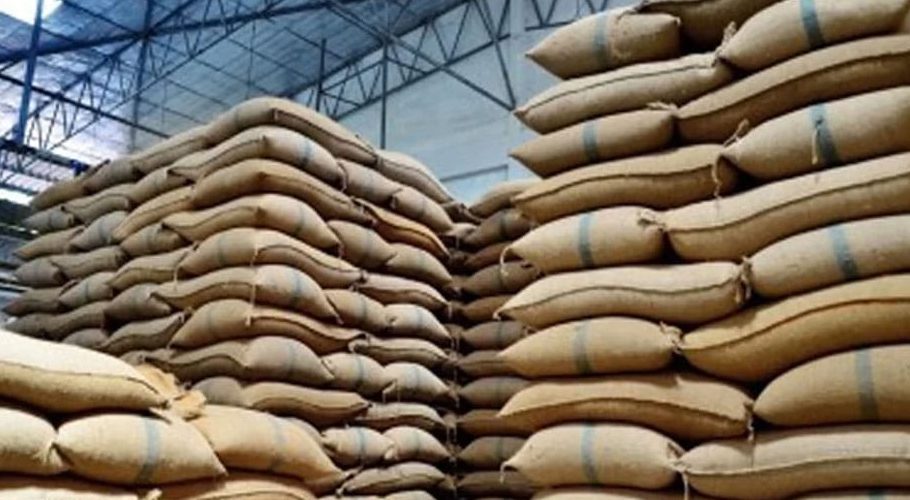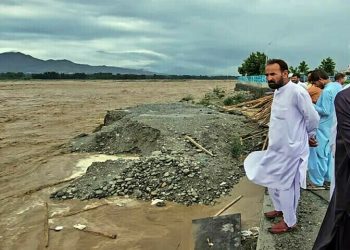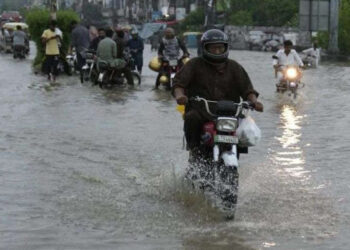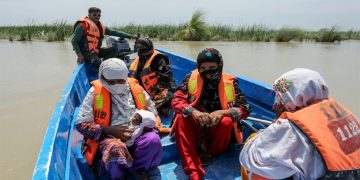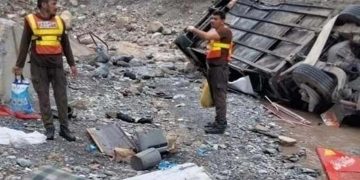Floods have caused widespread devastation across several cities in Punjab, damaging crops and leaving thousands homeless.
In districts including Layyah, Jhelum, Taunsa, and Rajanpur, floodwaters have entered low-lying rural areas, submerging numerous settlements and destroying standing crops. Water has also entered homes, ruining food supplies and daily necessities. Many residents have been forced to live under the open sky, awaiting aid.
Triggered by monsoon rains, the floods have damaged homes, crops, and essential infrastructure across multiple districts. In Jhelum, although the floodwaters have receded, destruction remains. Even after ten days, the victims continue to suffer without assistance. Locals report losing everything—livestock, homes, and food.
In Layyah, the rising water levels of the Indus River have inundated low-lying areas. Villages such as Basti Chandia, Mongar, and Rakhwan have been affected, with water entering homes and farmland. Residents have appealed for immediate relief and are being forced to relocate.
In Taunsa Sharif, rising river levels have led people to evacuate by boat. Locals claim the lack of timely government response has forced them to act on their own. Similarly, in Rajanpur, floodwaters have severely damaged crops, homes, roads, and infrastructure.
The Punjab PDMA has established 47 relief camps across affected areas. According to the DG PDMA, 120 villages are partially submerged. The Relief Commissioner has instructed all deputy commissioners to relocate citizens to safer locations.
Victims have demanded urgent relief, including tents, food supplies, and medical assistance, to help them rebuild their lives after this natural disaster.







